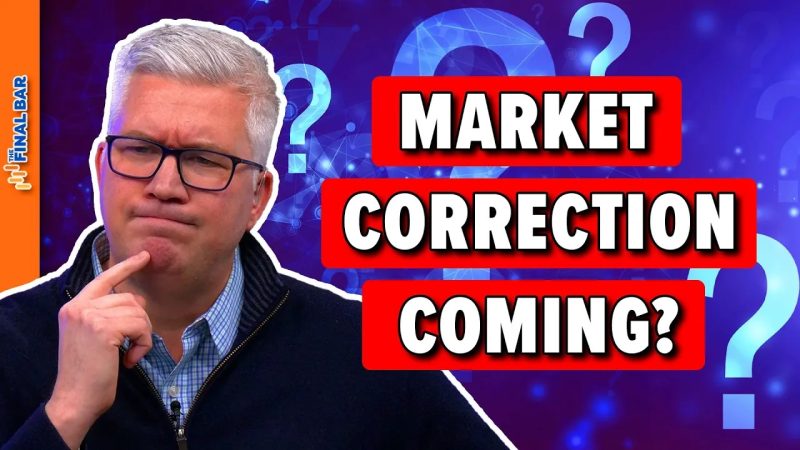In the world of investment and trading, volatility is an ever-present factor that can make or break an investor’s portfolio. The recent spike in the Volatility Index (VIX) has once again sparked concerns among market participants about a potential market correction.
As investors monitor the VIX closely for signs of impending market turbulence, it is crucial to understand what the VIX represents and its implications for the broader financial markets.
The VIX, often referred to as the fear index, measures market volatility and is derived from the prices of options on the S&P 500 index. When the VIX spikes, it indicates that investors are willing to pay a higher premium for protection against potential downside risks in the market. This heightened demand for protection is typically driven by uncertain or tumultuous market conditions.
Historically, elevated levels of the VIX have been associated with periods of market downturns. A sharp increase in the VIX can signal a lack of confidence in the market’s future direction and may foreshadow a potential correction or bear market.
While a spike in the VIX can provide valuable insights into investor sentiment and risk perceptions, it is essential to remember that the VIX alone is not a crystal ball for predicting market movements. Market corrections can be triggered by a variety of factors, including economic indicators, geopolitical events, and changes in monetary policy.
Investors should approach the VIX spike as a warning sign rather than a definitive prediction of a market correction. Conducting thorough research, diversifying their portfolios, and maintaining a long-term perspective can help investors navigate turbulent market conditions and mitigate potential risks.
In conclusion, while a spike in the VIX may signal increased market volatility and potential downside risks, investors should exercise caution and avoid making impulsive decisions based solely on short-term fluctuations. By staying informed, maintaining a diversified portfolio, and sticking to a well-thought-out investment strategy, investors can position themselves to weather market corrections and achieve their long-term financial goals.
